
M1 MacBook Pro and Air review: Apple delivers [Video]
Video uploaded by The Verge on November 17, 2020
Inside Apple’s M1 Processors: The process of change
There is a bit of new news about Apple. Sounds (not) a little redundant, doesn’t it? Especially taking into account that this company is one of the few still issuing news (which attract wide interest, at that). And yet, their new Mac M1 processors’ line stands out looks like a new milestone even for this firm and even among its latest scoop, down to and including the recent arrival of iPhone 12. Because this particular product means that the company is as seriously pushing for perfection as never before.
That’s not to say that Apple is known for settling for the average. We have long come to associate this particular electronic maker with excellence in many respects and striving for the best on a wide array of fronts, from design to technology to ingenuity, etc. It already offers cameras, screens, apps and many other things that rank among the best (or, arguably, simply ARE the best in their field). But this processor, already branded by quite a few in the know as a fundamental leap to a whole new level, clearly signifies that Apple is no longer content with the aforementioned “many respects” and aims to turn the array of fronts into all of them, no exception.
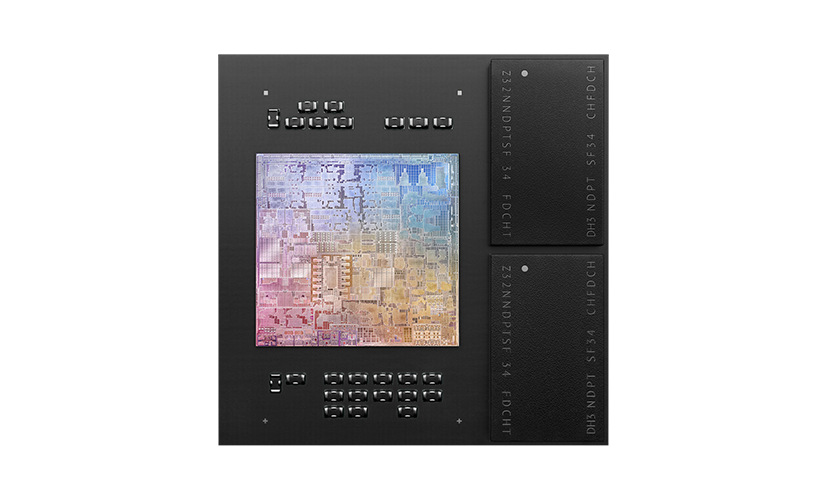
M1 is the first personal computer chip built using cutting-edge 5-nanometer process technology and is packed with an astounding 16 billion transistors.
Because, frankly speaking, until now, it was precisely processor technology which mainly (not to say exclusively) prevented Apple’s devices from reaching that elusive overall perfection. By now, the company’s proverbial nose has been about as often rubbed in the fact that “ARM is still not Intel” (which Apple occasionally indirectly confirmed itself by using its competitors’ chips) as it has been in their “famously prohibitive” prices. And now, it appears, this virtually last Achilles’ heel of Apple is about to be, well, healed. At least, this seems to be the plan.
Now how about the reality? Has this target been hit by switching from x86 to ARM64 that the company itself dubbed “Apple Silicon”? Will the instruction sequences – on which the new Apple chip technology is based – become an equal rival to the tried and true multitude of components – that forms the current might of Intel processors – with a viable chance to overtake them?
Well, it is, of course, difficult to make any confident predictions this early in the game. After all, Apple only announced the-then upcoming switch as recently as at the end of this past June. Yet, there are some promising indications already, both on theoretical and practical levels.
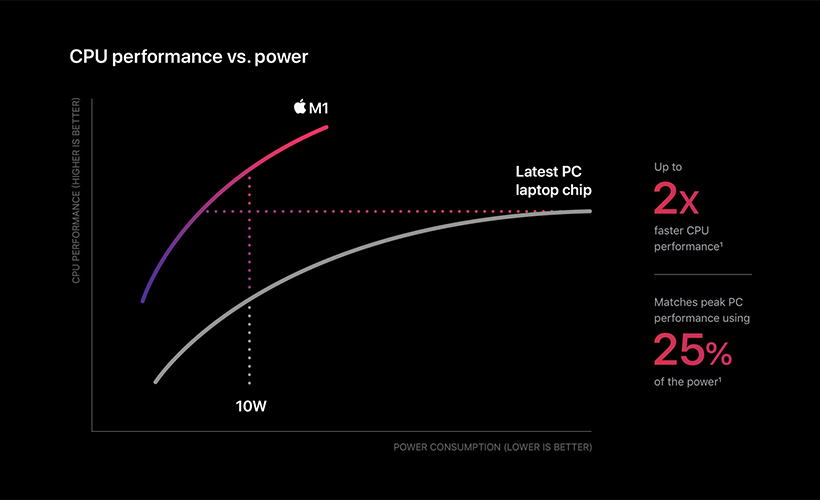
Macs and PCs have traditionally used multiple chips for the CPU, I/O, security, and more. Now with M1, these technologies are combined into a single SoC, delivering a whole new level of integration for greater performance and power efficiency.
In terms of the former, one potential advantage of “Apple Silicon” lies in that very software-oriented nature of it which we mentioned earlier. While so far Moore’s Law has been securing Intel processors’ superiority reliably enough, at this point of time the tides may be about to turn. Let’s face it, physical side of things – all things – is limited by nature. Even with constant shrinking in size of everything electronic, gadgets and parts alike, there are ultimately only that many components you can squeeze on a processor (yes, even if you are Intel). And one day this limit is bound to be reached… and then there is nowhere further to go. Now the aforesaid instruction-based approach chosen by Apple is another matter entirely. It is yet to be not just seen but even imagined into how many small ones every large one can be broken.
And, going from theory to practice, the first actual instances of Apple Silicon appearing on the market and coming into the hands of actual users – to wit, the M1 line of processors – seem to be getting, by and large, a rather enthusiastic response. More enthusiastic one than even that old adage of “Apple crowd will rave about anything Apple, no matter how shabby” can explain. (Even if you turn a blind eye to the fact that this particular crowd has been spoiled enough by this very Apple to become its harshest critics whenever it doesn’t live up to what its “zealots” have come to expect from it).
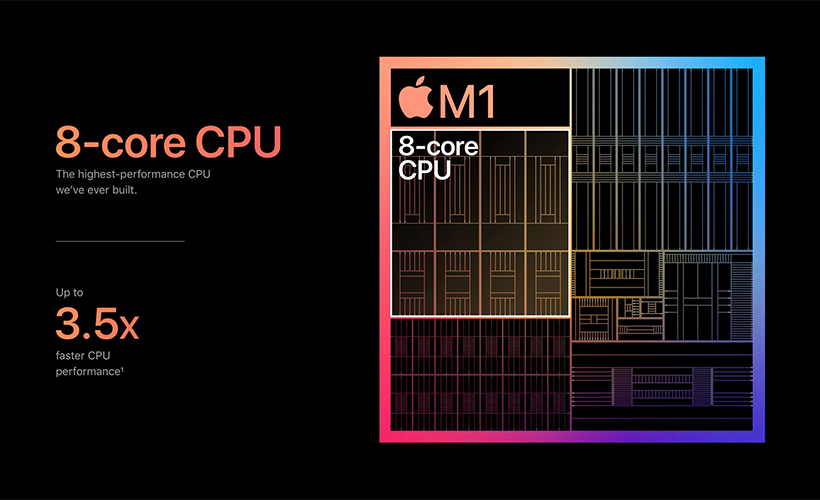
The World’s Best CPU Performance per Watt.
Because the praises run deeper than generic plaudits along the line of “great”, “amazing”, “remarkable” and such. They are specific enough: there are actual facts behind the claims. The owners of M1-based Macs almost unanimously cite the processor’s power among its main strengths. Note the change of tune: before, the Apple audience went for the line of reasoning that the company’s chips offered sufficient levels of ammo for their needs, branding Intel processors’ power needlessly excessive and thus indirectly admitting their lead in this department. Now, however, it looks like this excuse is no longer needed: the proud owners openly claim that their machines outrun the Intel-based counterparts. Another virtue pointed out about just as often is the M1’s efficiency. The battery life of these new MacBook Airs is quoted to be up to 20 hours, with the minimum of 17.
And then there’s one more point, which might be about as notable as all of the above: these new chips-equipped MacBook models are actually cheaper than previous ones. And we don’t mean that old trick of shaving off a symbolic cent or two: they are really, significantly cheaper. No, your eyes are not deceiving you: the famously pricey Apple is selling its new product for less than it did its previous one. Which can only mean one thing: the company is truly, honestly, dead certain of this particular bit of tech and this major step they’ve taken.
So let us take the front row seats, settle in them and keep our eyes peeled. This particular race is certainly about to get as interesting as never before.
Links
- Apple unleashes M1 – Apple
- Sell your Apple Mac Online – iGotOffer
- Everything About Apple’s Products – The complete guide to all Apple consumer electronic products, including technical specifications, identifiers and other valuable information.

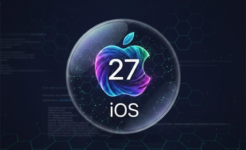
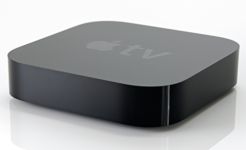



Facebook
Twitter
RSS